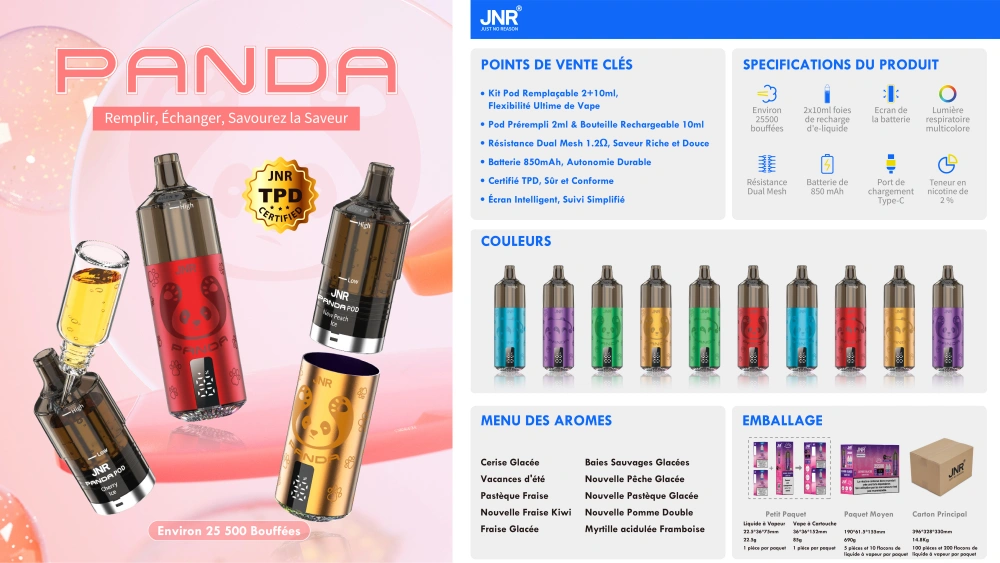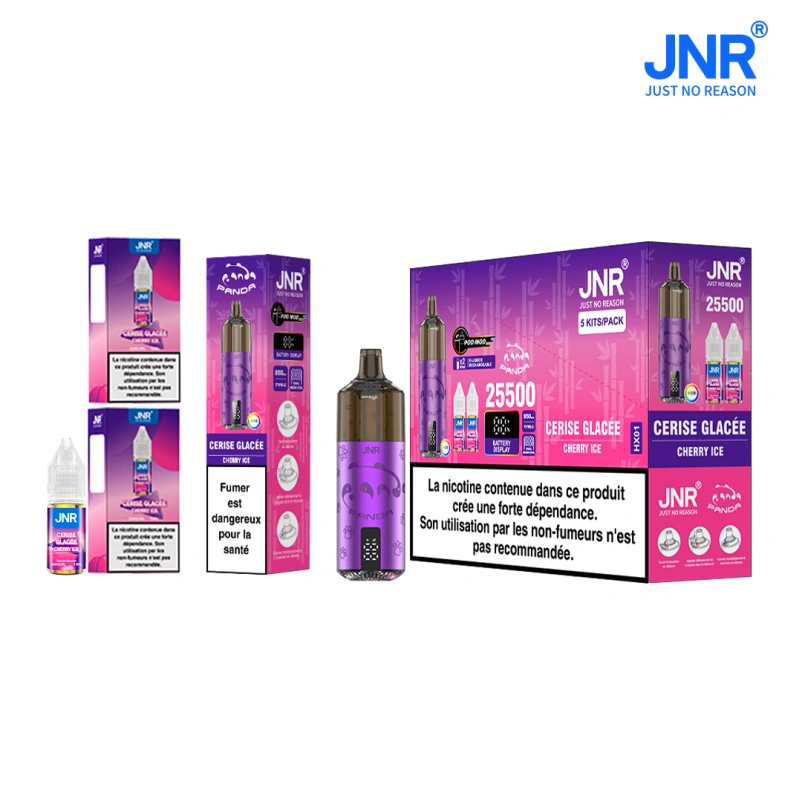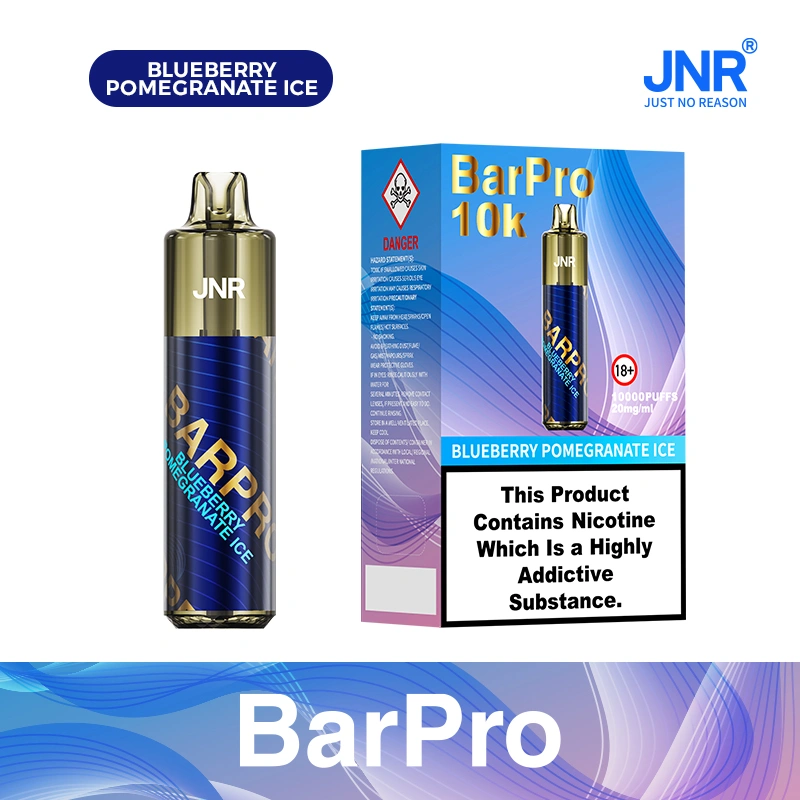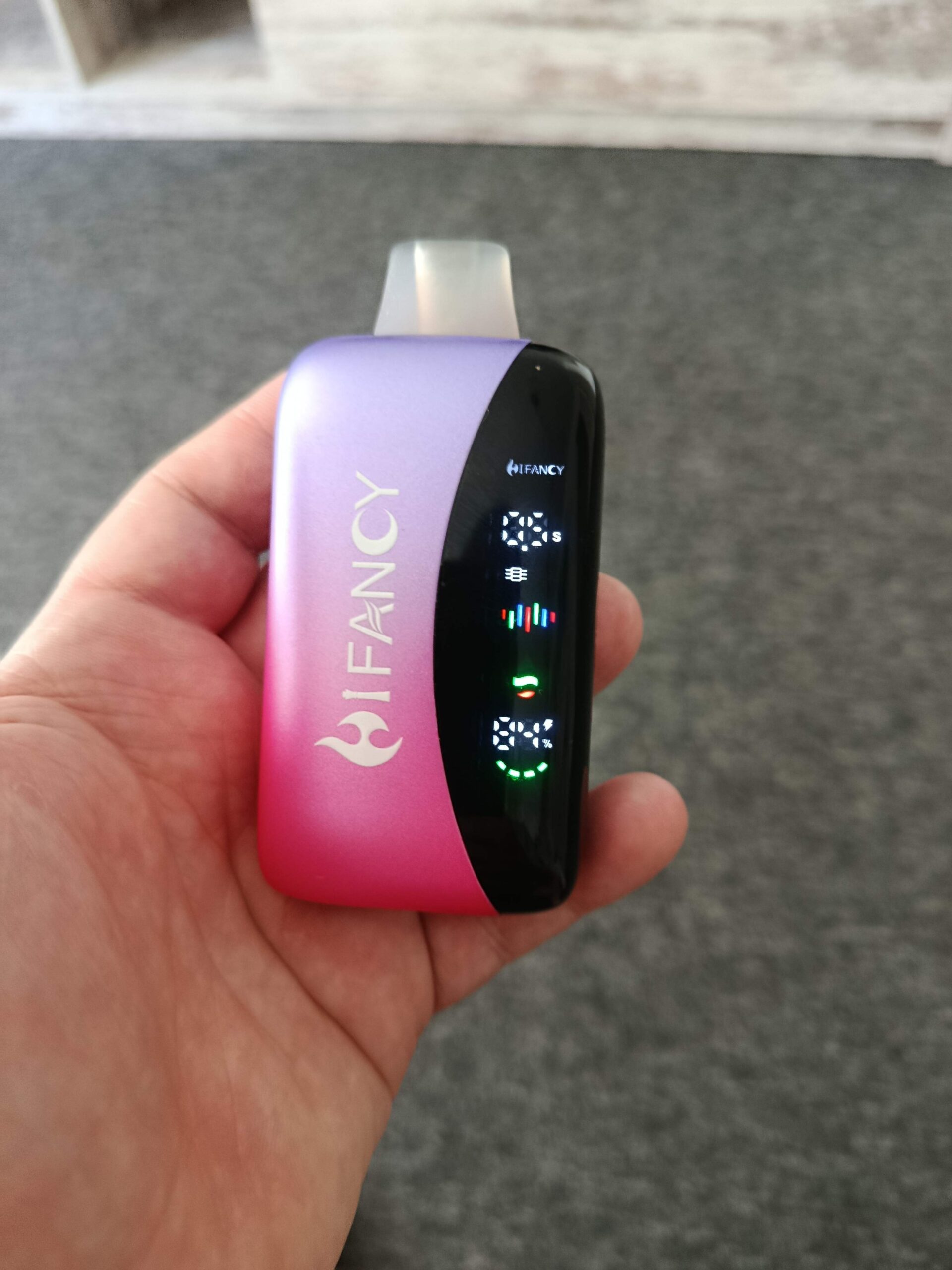Bezpečnostní analýza přísad do elektronických cigaret

Safety Analysis of E-cigarette Additives: Health Risks and Regulatory Challenges
The proliferation of e-cigarettes has sparked global debates about their safety, particularly concerning the additives used in vape liquids. While marketed as a “safer alternative” to traditional tobacco, research reveals that e-cigarette additives—including flavorings, solvents, and preservatives—pose significant health risks. This analysis explores the chemical composition of e-cigarette additives, their documented health impacts, and the regulatory gaps that allow unsafe products to reach consumers.
Chemical Composition of E-cigarette Additives and Their Toxicity Risks
E-cigarette liquids typically contain four primary components: propylene glycol (PG), vegetable glycerin (VG), nicotine, and flavor additives. While PG and VG are considered safe for ingestion, their inhalation safety remains unverified. PG, a solvent used in food and pharmaceuticals, decomposes at temperatures above 107°C, releasing formaldehyde—a known carcinogen. Studies show that e-cigarette users inhale formaldehyde levels comparable to those in traditional smokers, increasing cancer risks. VG, though less irritating than PG, contributes to respiratory issues by producing acrolein, a toxic aldehyde linked to chronic obstructive pulmonary disease (COPD).
Flavor additives, designed to mimic fruits, desserts, or menthol, introduce additional toxicity. For example, diacetyl—a butter-flavored chemical banned in food due to its role in “popcorn lung” (bronchiolitis obliterans)—is still found in some e-cigarette liquids. A 2023 study detected diacetyl in 39% of tested e-cigarette flavors, with concentrations exceeding workplace safety limits. Similarly, cinnamon-flavored additives contain cinnamaldehyde, which damages lung cells by disrupting mitochondrial function. Even “natural” flavors like limonene (citrus) and linalool (floral) can oxidize into harmful compounds when heated, producing acetals that irritate airways.
Nicotine, though not an additive per se, is often misrepresented in e-cigarette labeling. Research indicates that actual nicotine levels in vape liquids frequently exceed manufacturer claims, with some products containing up to 50% more nicotine than advertised. This discrepancy increases addiction risks, particularly among adolescents, whose developing brains are more vulnerable to nicotine’s neurotoxic effects.
Health Impacts of E-cigarette Additives: From Cellular Damage to Systemic Harm
The inhalation of e-cigarette additives triggers a cascade of health issues, from acute irritation to chronic diseases. A 2024 analysis of e-cigarette users revealed elevated markers of oxidative stress and inflammation, similar to those observed in smokers with COPD. These biomarkers correlate with lung function decline, suggesting that even short-term vaping may cause irreversible damage.
Cardiovascular risks are equally concerning. Nicotine in e-cigarettes raises blood pressure and heart rate, while additives like menthol exacerbate these effects by increasing nicotine absorption. A 2023 study found that vaping menthol-flavored e-cigarettes doubled users’ risk of arterial stiffness—a precursor to heart attacks and strokes—compared to tobacco-flavored products. Additionally, the metal coils used to heat e-liquids can leach toxic metals like lead, chromium, and nickel into the aerosol, further contributing to cardiovascular and neurological harm.
Youth are disproportionately affected by e-cigarette additives. Flavored products, which account for 80% of youth vaping, disrupt brain development by altering dopamine pathways, leading to impaired memory, attention, and impulse control. A 2022 survey of U.S. high school students found that those who vaped flavored e-cigarettes were twice as likely to progress to combustible cigarettes as non-flavored users, undermining public health efforts to reduce smoking rates.
Regulatory Gaps and the Need for Stricter Oversight
Despite mounting evidence of harm, e-cigarette additives remain poorly regulated globally. In the United States, the Food and Drug Administration (FDA) requires pre-market authorization for new vaping products but exempts thousands of existing flavors from safety reviews. This loophole allows manufacturers to introduce new additives without disclosing their chemical composition or toxicity data. Similarly, the European Union’s Tobacco Products Directive bans flavors like candy and fruit but permits menthol—a known irritant—in e-cigarettes, contradicting its own guidelines on reducing youth appeal.
China, the world’s largest e-cigarette producer, lacks national standards for additive safety, leading to widespread use of untested chemicals. A 2023 investigation found that 30% of Chinese-made e-liquids contained ethyl maltol, a sweetener linked to lung fibrosis, despite no evidence of its inhalation safety. Even countries with strict regulations, like New Zealand, struggle to enforce bans on disposable vapes and youth-targeted marketing, as manufacturers exploit legal gray areas to circumvent restrictions.
To address these gaps, regulators must adopt a precautionary approach to e-cigarette additives. This includes:
- Mandating full ingredient disclosure: Manufacturers should be required to list all additives, including impurities and byproducts, on product labels and regulatory databases.
- Banning high-risk flavors: Flavors associated with lung disease, such as diacetyl and cinnamaldehyde, should be prohibited in vaping products.
- Enforcing nicotine accuracy: Products must adhere to labeled nicotine concentrations, with penalties for misrepresentation.
- Funding independent research: Governments should prioritize studies on the long-term effects of e-cigarette additives, particularly on youth and vulnerable populations.
Závěr
E-cigarette additives represent a significant public health threat, with their toxicity risks outweighing any perceived benefits over traditional smoking. From carcinogenic solvents to neurotoxic flavorings, these chemicals contribute to a range of acute and chronic diseases, while lax regulations enable their continued use. To protect consumers, policymakers must prioritize transparency, research, and enforcement, ensuring that e-cigarette safety claims are grounded in scientific evidence rather than marketing hype. Until then, the risks of vaping—particularly for youth—will remain unacceptably high.









